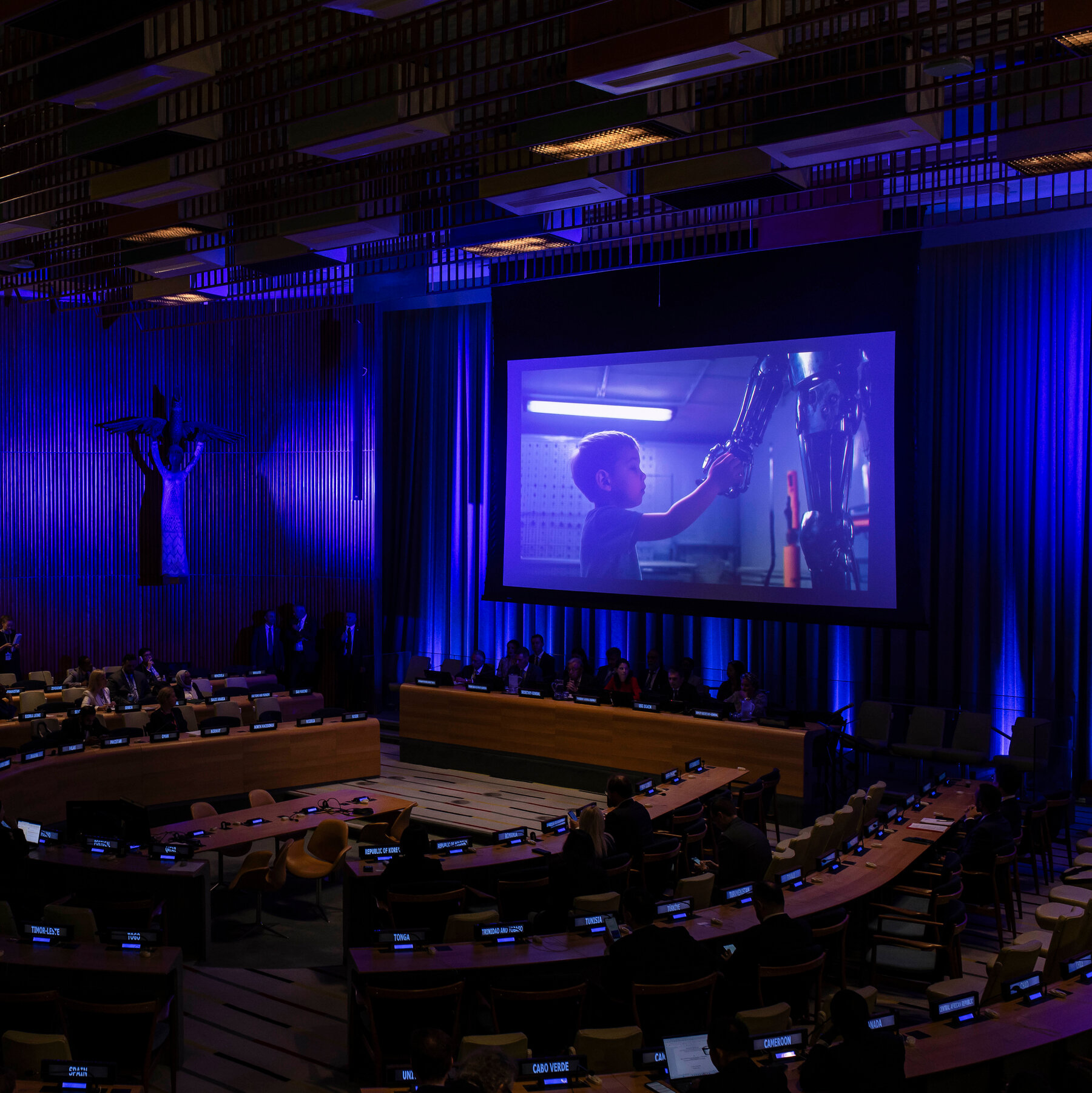Zelensky Faces Growing Pressure from Both Abroad and Home
Four Years of War‑Time Governance
Since the invasion began almost four years ago, President Volodymyr Zelensky has navigated a relentless conflict while keeping Ukraine’s state institutions afloat. Analysts note that his strategy often involves presenting a “weak hand” in negotiations, only to leverage it for strategic gains on the battlefield and at the diplomatic table.
External Pressure: The Trump Factor
In Washington, former President Donald Trump has resurfaced as a vocal critic, questioning the sustainability of Ukraine’s defense efforts and hinting at a potential shift in U.S. aid. Trump’s remarks have amplified uncertainty among Kyiv’s allies, forcing Zelensky to reaffirm his commitment to the Western partnership while subtly warning against political interference.
Domestic Challenges
Back home, the president confronts a population weary from years of conflict, economic strain, and the constant threat of missile attacks. Opposition parties and civil‑society groups have begun to demand clearer timelines for reconstruction and a more transparent war‑budget. Zelensky’s administration has responded by rolling out new social programs, yet critics argue that the measures are insufficient to quell growing discontent.
The U.S. Peace Blueprint: A Critical Test
The latest U.S. proposal for a cease‑fire and political settlement presents perhaps the toughest dilemma of Zelensky’s tenure. Accepting the plan could secure a much‑needed reduction in hostilities, but it also risks alienating allies who view the terms as overly favorable to Russia. Experts warn that any misstep could undermine Ukraine’s sovereignty and Zelensky’s standing both at home and abroad.
Looking Ahead
As the war drags on, Zelensky must balance the competing demands of international partners, domestic expectations, and his own strategic vision. The coming weeks will reveal whether he can turn the pressure into a decisive advantage—or if the mounting challenges will force a recalibration of Ukraine’s war strategy.






